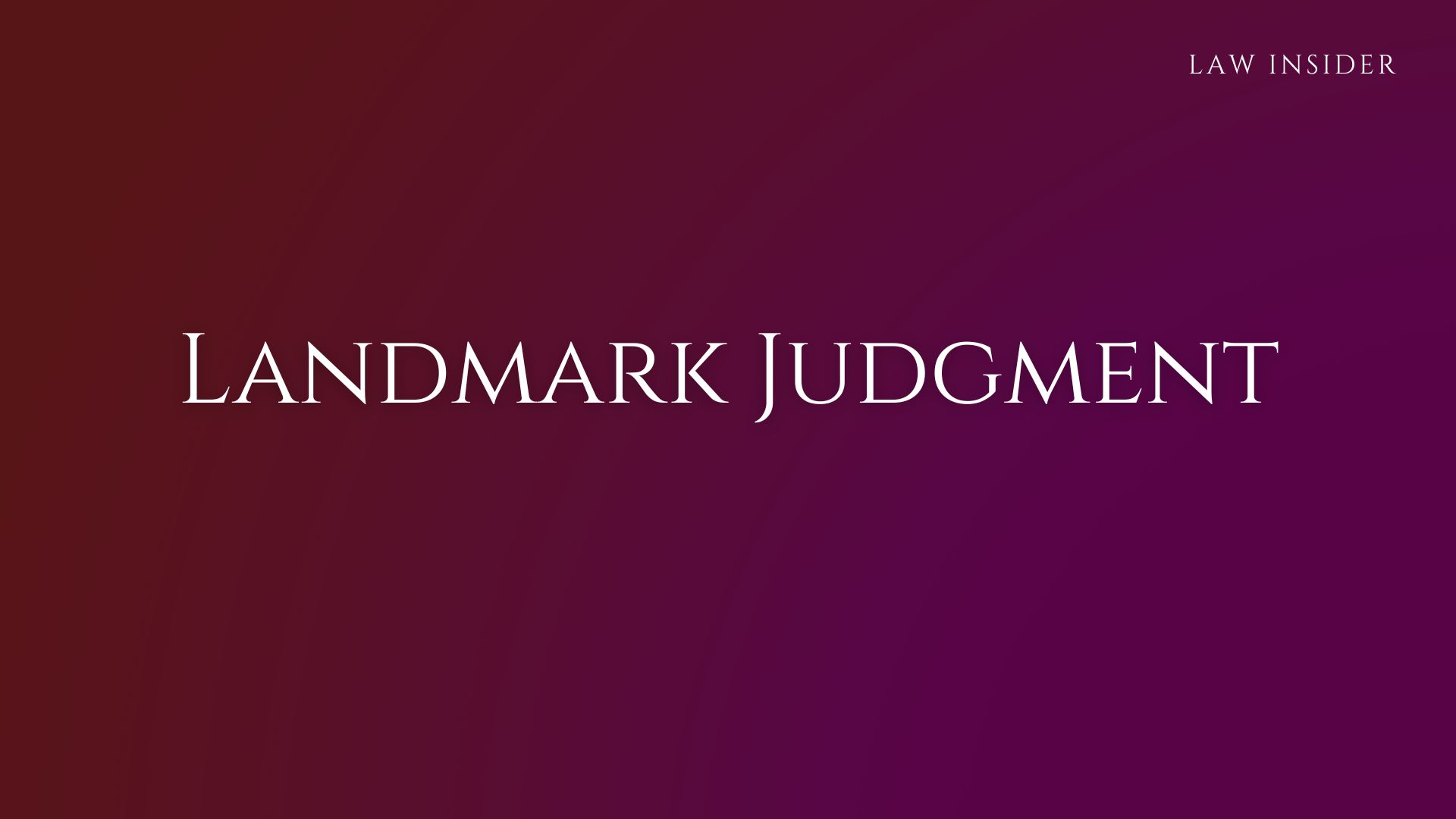Published on: 24 July 2023 at 18:25 IST
Court: Supreme Court
Citation: Narendra Kumar V. Union of India (1960)
Honourable Supreme Court of India has explained the Test of Reasonableness, wherein the Court has to consider the question in the background of the facts and circumstances under which the order was made, taking into account the nature of the evil that was sought to be remedied by such law, the ratio of the harm caused to individual citizens by the proposed remedy, to the beneficial effect reasonably expected to result to the general public. It will also be necessary to consider in that connection whether the restraint caused by the law is more than was necessary in the interests of the general public.
17. As it was to remedy the harm that would otherwise be caused by the provisions of Article 13, that these saving provisions were made, it is proper to remember the words of Article 13 in interpreting the words “reasonable restrictions” on the exercise of the right as used in clause (2). It is reasonable to think that the makers of the Constitution considered the word “restriction” to be sufficiently wide to save laws “inconsistent” with Article 19(1), or “taking away the rights” conferred by the Article, provided this inconsistency or taking away was reasonable in the interests of the different matters mentioned in the clause.
There can be no doubt therefore that they intended the word “restriction” to include cases of “prohibition” also. The contention that a law prohibiting the exercise of a fundamental right is in no case saved, cannot therefore be accepted. It is undoubtedly correct, however, that when, as in the present case, the restriction reaches the stage of prohibition special care has to be taken by the Court to see that the test of reasonableness is satisfied. The greater the restriction, the more the need for strict scrutiny by the Court.
Drafted By Abhijit Mishra

